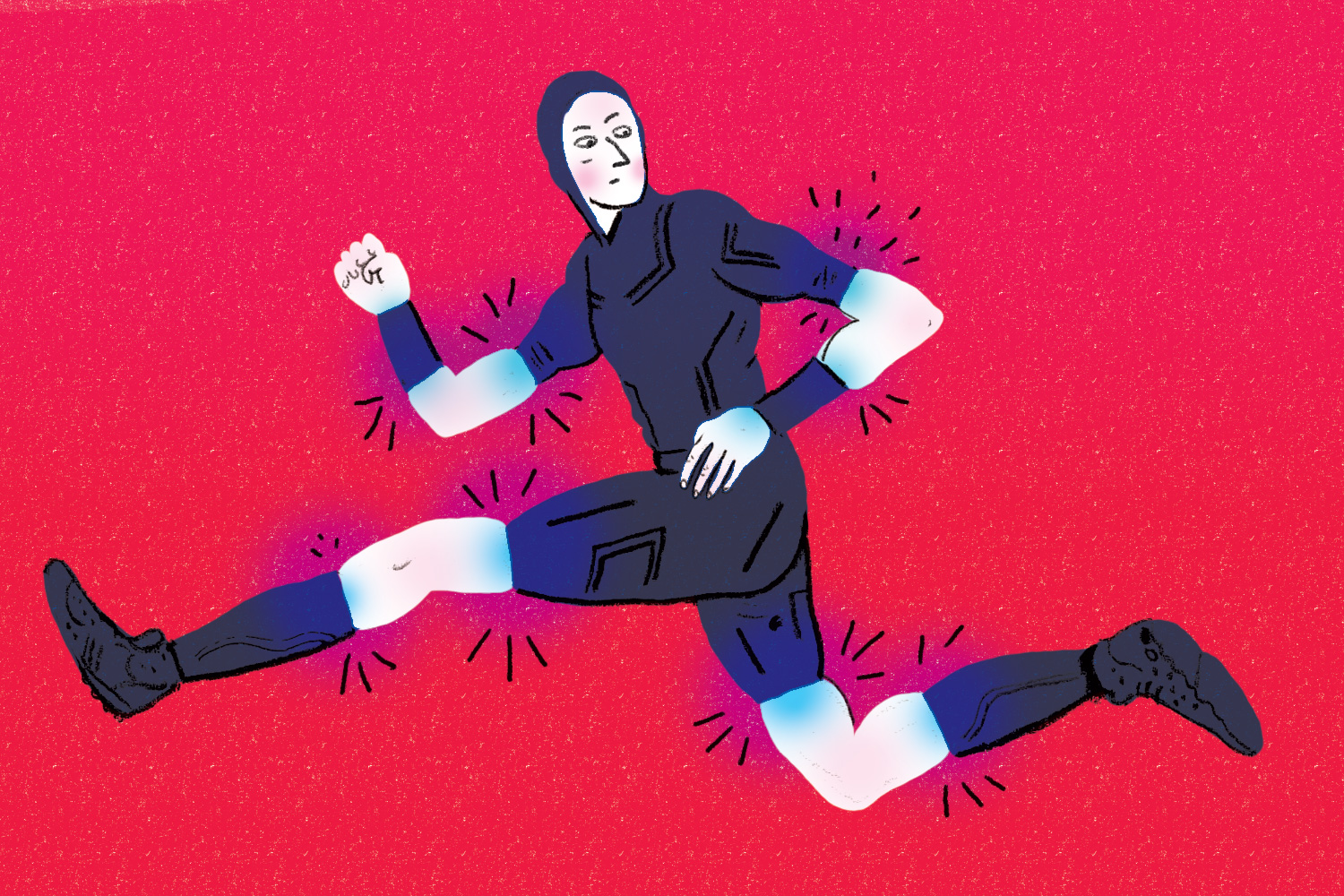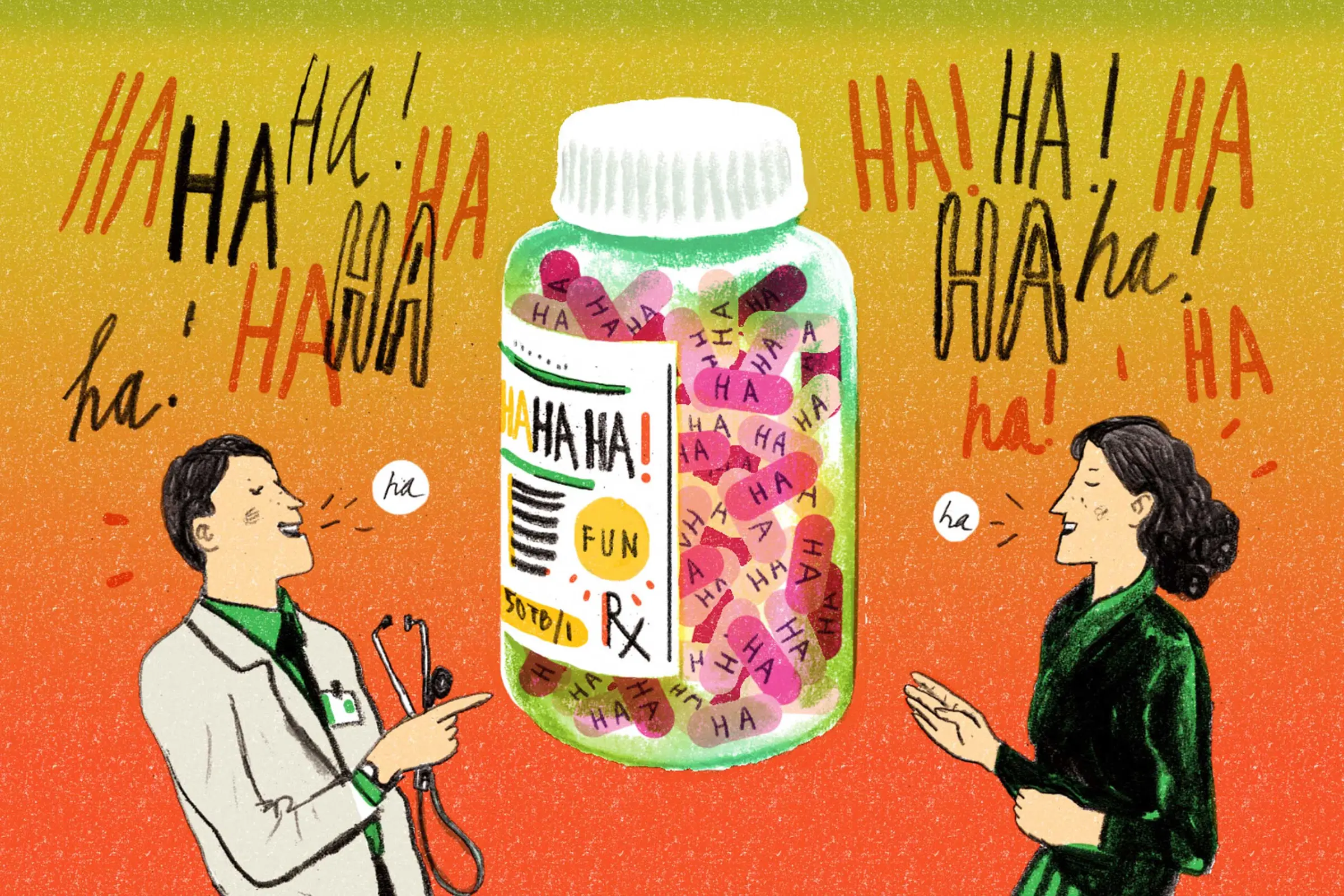
From shorts and socks to sleeves and tops, athletes everywhere—amateur and professional alike—are squeezing into super-tight “compression” garments in an effort to boost performance and recovery.
While pinpointing the start of a trend is tricky, the compression craze seemed to spark back in 2001, when NBA star Allen Iverson scored 51 points the first night he wore a long compression sleeve on his right arm. Iverson’s doctor had improvised the sleeve to treat Iverson’s swollen, bursitis-stricken elbow. But after seeing “AI” light it up, other players quickly adopted the accessory.
Many of today’s popular basketball players, including LeBron James, still wear compression sleeves or leggings. And the trend has spread to other sports. Along with Nike and Under Armour, upstarts like 2XU and Tommie Copper have blossomed as compression gear manufacturers.
By squeezing and compacting the flesh of your arms, legs, or torso, these garments supposedly increase blood circulation, which helps deliver more oxygen to your muscles while speeding the removal of acids and the other byproducts of physical activity. There are other purported mechanisms of action, all of which supercharge performance while speeding recovery. That’s the theory, at least. The only thing missing is the proof.
“So far there is little evidence to suggest that wearing compression garments during an event can improve performance,” says Dr. Mike Hamlin, an associate professor of exercise and sports science at New Zealand’s Lincoln University.
MORE: Fat Water Is Now A Thing
Hamlin has studied the effect of compression garments on short-term recovery. And while his research observed recovery improvements among rugby players who wore compression leggings, those improvements only came from donning the leggings for 24 hours straight following exercise. Other researchers have found similar benefits among weightlifters who slipped into compression body suits, but only when those suits were worn continuously for more than a day following exercise.
Hamlin mentions one 1996 study that found trained volleyball players were able to increase their average—but not maximum—leaping height when wearing compression shorts. But he says there’s “little evidence” that endurance athletes perform better while wearing compression tights and tops. A recent study from Indiana University looked into lower-leg compression among distance runners and failed to find meaningful gains.
You Asked: Your Top 10 Health Questions Answered










Which takes us back to Allen Iverson and his sleeve. Iverson’s doctor improvised the arm compression as an aid for the player’s inflamed elbow—not to boost Iverson’s performance. And when it comes to medical conditions that involve swelling or poor blood flow, compression is still a “mainstay” of treatment and recovery, says Dr. Thomas Wakefield, a professor of vascular surgery with the University of Michigan Health System.
Particularly for lower body blood clotting and venous circulatory issues, Wakefield says compression garments are helpful either in place of or in addition to blood thinning drugs and other forms of treatment. There’s some evidence compression may help control muscle cramps and restless leg syndrome, though Wakefield says its unclear whether compression might be helpful.
MORE: How Exercise Helps Curb Alzheimer’s Symptoms
While mixed, there’s also some evidence that compression can provide a small performance benefit when it comes to explosive movements: a basketball player leaping repeatedly for a rebound, say, or a soccer player suddenly sprinting a few feet for a loose ball. But a 2013 review of the existing research on compression doesn’t rule out the possibility that the placebo effect may explain these performance gains. (You can’t really trick an athlete into thinking she’s wearing compression garments if she’s not, the authors of that review write.)
So here’s the compression gear story, compressed: there are certainly medical conditions for which compression clothing can be beneficial. And when worn for lengthy periods—a day or more following exercise—compression appears to help with muscle recovery.
But for now, the question of whether compression gear can amp up your athletic performance is still up in the air.
More Must-Reads from TIME
- Donald Trump Is TIME's 2024 Person of the Year
- Why We Chose Trump as Person of the Year
- Is Intermittent Fasting Good or Bad for You?
- The 100 Must-Read Books of 2024
- The 20 Best Christmas TV Episodes
- Column: If Optimism Feels Ridiculous Now, Try Hope
- The Future of Climate Action Is Trade Policy
- Merle Bombardieri Is Helping People Make the Baby Decision
Contact us at letters@time.com